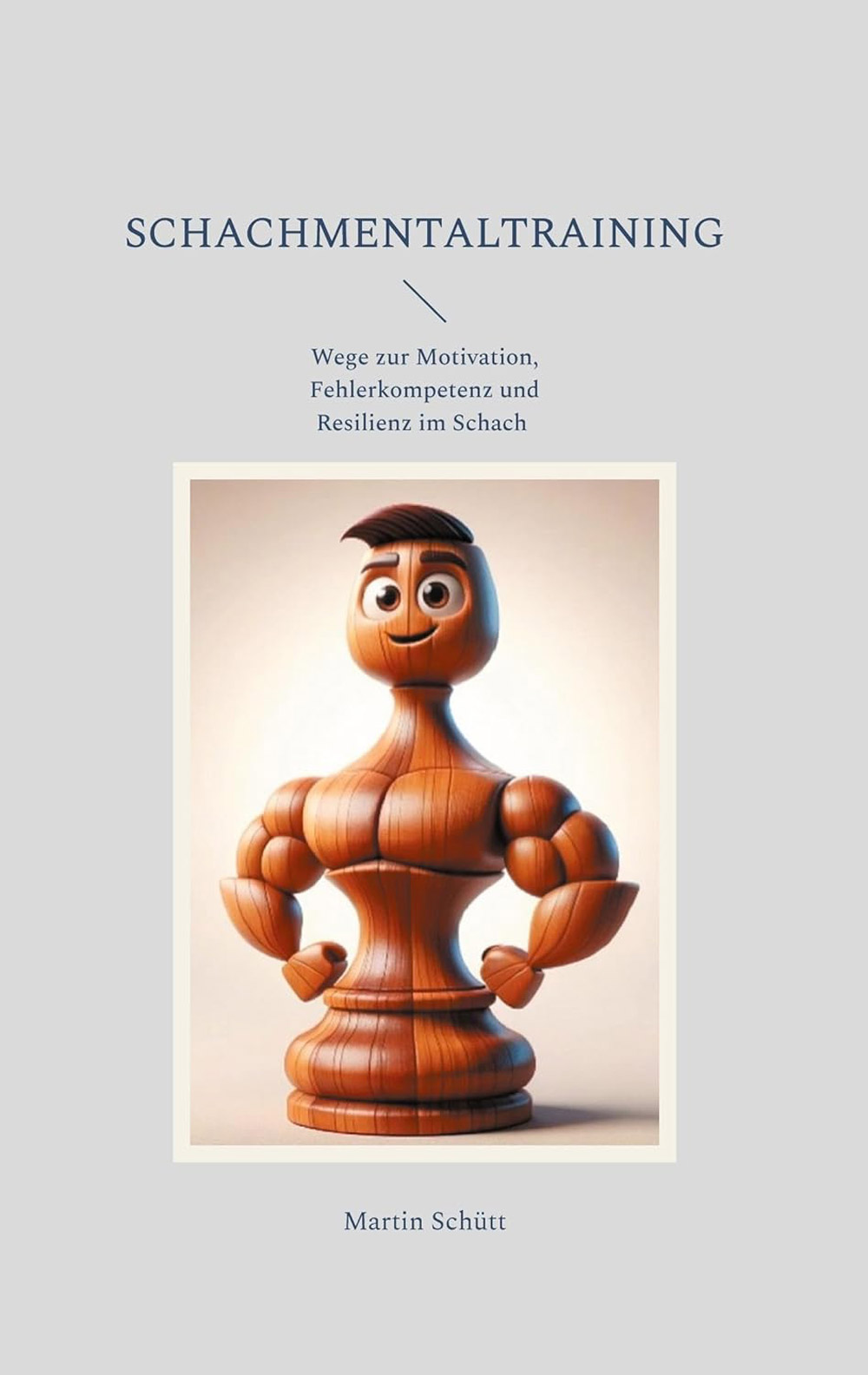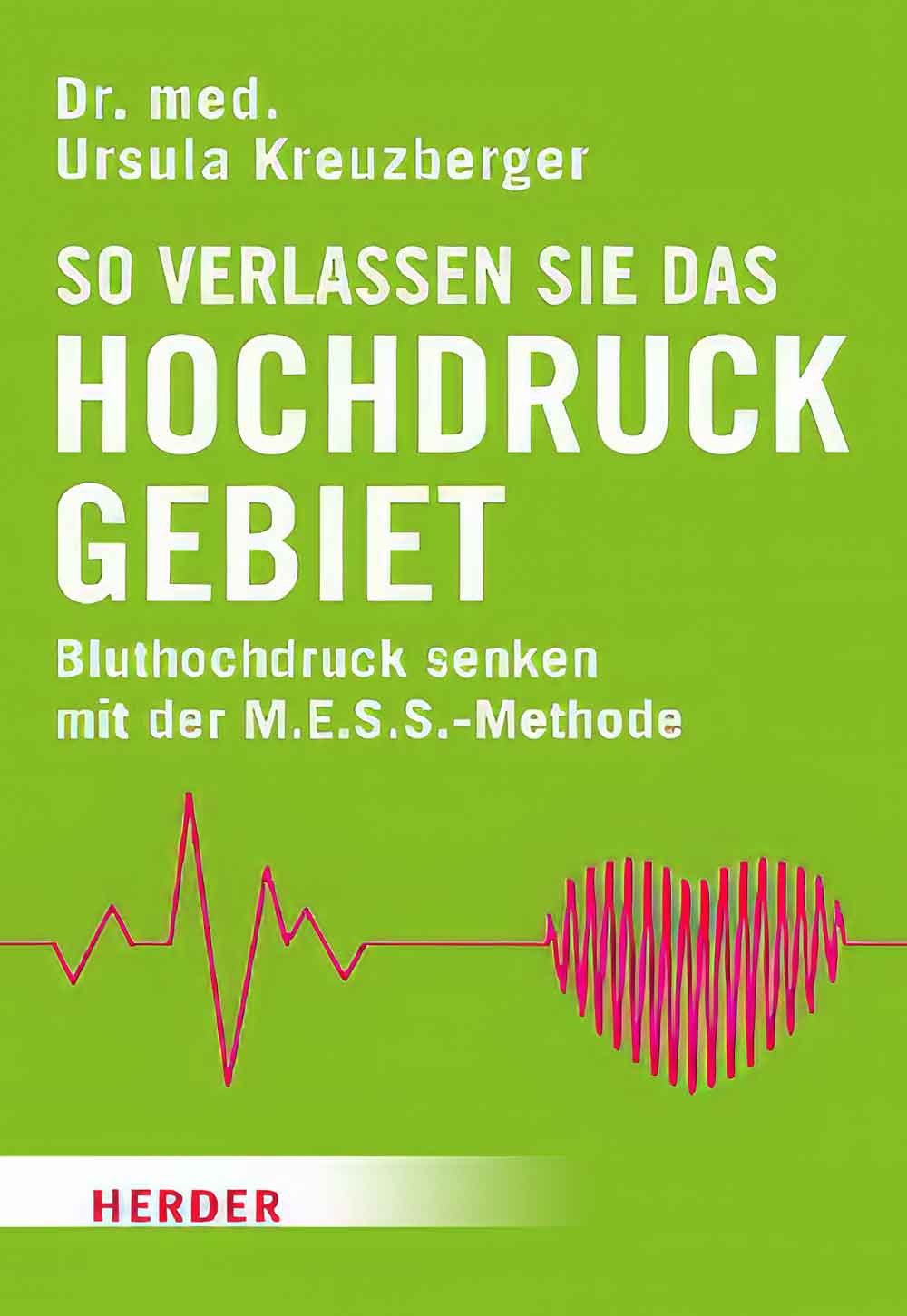Credello: Six Spending Assumptions You Should Never Make
New York, March 21, 2022
It’s easy to make assumptions about spending, but doing so can often lead to costly mistakes that get you into debt. Too many people have to calculate time to pay off loan or credit card debt because they made mistakes with spending money. If that sounds like you, or you’ve avoided making costly errors so far, here are six spending assumptions you should never make.
Wrong assumption #1: You’ll save money by buying cheaper things.
When shopping for products, it’s important to remember that you won’t get the best results by spending a small amount of money. You might even end up paying more, in the long run, to repair or replace the item when investing a little bit more for a higher-quality item could ensure you have a product that lasts for years.
Wrong assumption #2: The brand name is always best.
Just because an item is branded with a well-known name doesn’t mean it’s worth more money. There are plenty of low-priced brands that offer just as good, if not better, products than those that cost more. Luxury brands have begun to cut costs by using lower-quality materials and manufacturing processes. Often the best quality option isn’t the most expensive or more well-known option; it may be the more affordable, lesser-known brand instead.
Wrong assumption #3: The more you spend, the better you’ll feel.
Unfortunately, retail therapy isn’t as therapeutic as you think. While some people may feel better after spending more money, most people actually feel worse after spending too much money. In fact, studies have shown that people who spend more money often end up regretting their decision.
Wrong assumption #4: If it’s in good condition, it doesn’t need to be fixed or replaced.
Many things in a home, from furniture to appliances, can wear down over time and may eventually need to be repaired or replaced. Even if an object is in good condition, minor repairs or replacements develop over time and should be addressed. For example, a door hinge may start to squeak after a few years of use, or a window may fog up in the cold weather. By taking simple steps to maintain your items, you can save yourself a lot of money in the long run.
Wrong assumption #5: If it’s on sale, it’s worth buying.
While it’s true that items on sale often cost less than their regular price, that doesn’t mean that they’re always worth buying. In fact, there’s a good chance that an item on sale is either defective or over-priced. For example, if you see an item of clothing marked down from $100 to $50, you may think it’s a good idea to buy it, but don’t expect it to last very long. Buying discounted items is often a short-term solution that usually ends up costing you more in the long run.
Wrong assumption #6: It’s better to buy than to rent.
One of the most common mistakes people make is thinking it’s better to buy than rent when the truth is it’s actually better to rent in some situations. Renting a home instead of buying could be a better solution if you have a short rental period, you’re not prepared to live in the home full-time, or you’re not ready to take on the responsibility of owning a home.
Homeownership is costly and means you’ll be the one responsible for repairs. However, the landlord covers many repairs in rental homes and apartments so they won’t cost you a penny.
The bottom line
Making assumptions about spending can lead to costly mistakes. Avoiding these six assumptions can help you save money in the long run.







































 Gütsel RSS Feed
Gütsel RSS Feed


















































